One thing all Irish farmers have in common is the need to deal with the ever-changing weather conditions. It is not uncommon to experience all four seasons in the space of a week.
Our biggest challenge is dealing with rainfall and lack of drying, especially in certain parts of the country. Last year, the annual rainfall in Dublin Airport was 709mm. On the other side of the country in Knock Airport, it was almost double at 1,306mm. This shows the huge variation on this relatively small island.
As the old saying goes: “It’d be a grand little country if you could only put a roof on it.”
Many would agree with that statement but a renewed appreciation for rain became apparent last summer. Too much rainfall creates serious challenges on farms but too little can have serious consequences also. We have no control over the weather but we have control over how we react to it. Having the ability to measure the rain that falls on your farm on a daily basis offers huge benefits. For this reason, a simple rain gauge is a tool every farm should have.
When the weather is challenging our decision-making ability can be mired with pessimism. For example, a farmer might look out his window first thing to what looks like a very wet April morning. At this point, before ever venturing outside, he/she may automatically make a decision not to let out cows to grass. This decision could be the wrong one.
If the same farmer had a rain gauge, he/she could make a more informed decision based on the amount of rain that actually fell in the course of the night. This is a better course of action than making assumptions.
It might have rained far less than they thought and, as a result, land may very well be fit for grazing. The alternative may also be the case, where it may have rained more than one had thought and planned jobs may have to be delayed to prevent poaching or tracking of land. Rain gauges have the potential to benefit all farmers who depend on utilising the land.
What’s available?
There are a number of options out there when it comes to sourcing rain gauges for the farm. They can range from simple plastic cylinder-shape gauges that require regular reading and emptying in the field to more sophisticated automated weather stations.
Some of the basic options can be purchased online for under €10.
These types of gauges require the operator go out to wherever they are positioned to read, record and empty at the same time daily. Digital versions are also available. They can record the rainfall occurring in the field and wirelessly report the information to a digital display from the comfort of your home. These systems cost from €30 to €40.
Farmers interested in a broader range of information such as temperature, humidity and wind data can purchase weather stations.
Positioning
Positioning of the rain gauge is important if you would like the most accurate results possible. Obviously, it should not be placed in a sheltered area. An open space is ideal without buildings or trees too close by that could disrupt the data.
If your gauge needs to be manually reset on a daily basis, ideally it should be in an area that you pass every day and where it will catch your eye.
Farmers who make use of rainfall gauges keep a diary and record the results daily. Once made part of your daily routine, it is not a difficult thing to do.
A rain gauge allows for the reasonably accurate measurement of rainfall on your own farm on a daily basis.With this information, more informed decisions can be made on the farm.Informed decisions can lead to better returns for all the farming sectors. Farmer view: James and John Flaherty

Suckler farmers James and John Flaherty are involved in the BETTER farm programme. John has been measuring rainfall on the farm for 22 years. He took over weather-recording from a neighbour for Met Éireann and has very detailed information compiled over that time.
On a day-to-day basis, James finds the information invaluable as he can make informed decisions on grass allocation. “If there was a very heavy night’s rainfall, for example, I would often allow more area for grazing to do less harm,” James explains.
John says he just finds the information very interesting because weather dictates everything when it comes to farming. From his records, he has found that total annual rainfall volumes have been below average in the last seven years. Interestingly, he found there was no difference in the volume of rain that fell in 2018 compared with 2017 with the latter often regarded as a wet year.
“The big difference between 2018 and 2017 was the number of full dry days. In 2017, there were more days with small volumes of rainfall that meant land remained wet and difficult to work with,” he explains.
John reiterated the point that, often, it is not the volume of rain that falls but rather the lack of sunshine and wind to dry out the ground afterwards. Both men advise every farmer to start rainfall-recording to make good decisions for the farm.
One thing all Irish farmers have in common is the need to deal with the ever-changing weather conditions. It is not uncommon to experience all four seasons in the space of a week.
Our biggest challenge is dealing with rainfall and lack of drying, especially in certain parts of the country. Last year, the annual rainfall in Dublin Airport was 709mm. On the other side of the country in Knock Airport, it was almost double at 1,306mm. This shows the huge variation on this relatively small island.
As the old saying goes: “It’d be a grand little country if you could only put a roof on it.”
Many would agree with that statement but a renewed appreciation for rain became apparent last summer. Too much rainfall creates serious challenges on farms but too little can have serious consequences also. We have no control over the weather but we have control over how we react to it. Having the ability to measure the rain that falls on your farm on a daily basis offers huge benefits. For this reason, a simple rain gauge is a tool every farm should have.
When the weather is challenging our decision-making ability can be mired with pessimism. For example, a farmer might look out his window first thing to what looks like a very wet April morning. At this point, before ever venturing outside, he/she may automatically make a decision not to let out cows to grass. This decision could be the wrong one.
If the same farmer had a rain gauge, he/she could make a more informed decision based on the amount of rain that actually fell in the course of the night. This is a better course of action than making assumptions.
It might have rained far less than they thought and, as a result, land may very well be fit for grazing. The alternative may also be the case, where it may have rained more than one had thought and planned jobs may have to be delayed to prevent poaching or tracking of land. Rain gauges have the potential to benefit all farmers who depend on utilising the land.
What’s available?
There are a number of options out there when it comes to sourcing rain gauges for the farm. They can range from simple plastic cylinder-shape gauges that require regular reading and emptying in the field to more sophisticated automated weather stations.
Some of the basic options can be purchased online for under €10.
These types of gauges require the operator go out to wherever they are positioned to read, record and empty at the same time daily. Digital versions are also available. They can record the rainfall occurring in the field and wirelessly report the information to a digital display from the comfort of your home. These systems cost from €30 to €40.
Farmers interested in a broader range of information such as temperature, humidity and wind data can purchase weather stations.
Positioning
Positioning of the rain gauge is important if you would like the most accurate results possible. Obviously, it should not be placed in a sheltered area. An open space is ideal without buildings or trees too close by that could disrupt the data.
If your gauge needs to be manually reset on a daily basis, ideally it should be in an area that you pass every day and where it will catch your eye.
Farmers who make use of rainfall gauges keep a diary and record the results daily. Once made part of your daily routine, it is not a difficult thing to do.
A rain gauge allows for the reasonably accurate measurement of rainfall on your own farm on a daily basis.With this information, more informed decisions can be made on the farm.Informed decisions can lead to better returns for all the farming sectors. Farmer view: James and John Flaherty

Suckler farmers James and John Flaherty are involved in the BETTER farm programme. John has been measuring rainfall on the farm for 22 years. He took over weather-recording from a neighbour for Met Éireann and has very detailed information compiled over that time.
On a day-to-day basis, James finds the information invaluable as he can make informed decisions on grass allocation. “If there was a very heavy night’s rainfall, for example, I would often allow more area for grazing to do less harm,” James explains.
John says he just finds the information very interesting because weather dictates everything when it comes to farming. From his records, he has found that total annual rainfall volumes have been below average in the last seven years. Interestingly, he found there was no difference in the volume of rain that fell in 2018 compared with 2017 with the latter often regarded as a wet year.
“The big difference between 2018 and 2017 was the number of full dry days. In 2017, there were more days with small volumes of rainfall that meant land remained wet and difficult to work with,” he explains.
John reiterated the point that, often, it is not the volume of rain that falls but rather the lack of sunshine and wind to dry out the ground afterwards. Both men advise every farmer to start rainfall-recording to make good decisions for the farm.




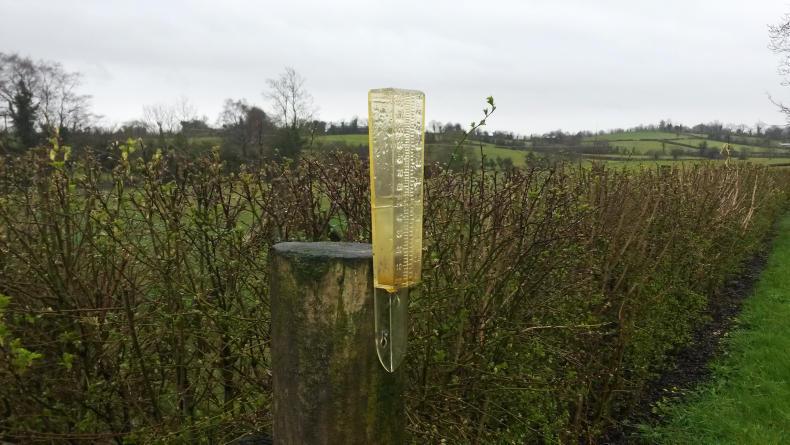

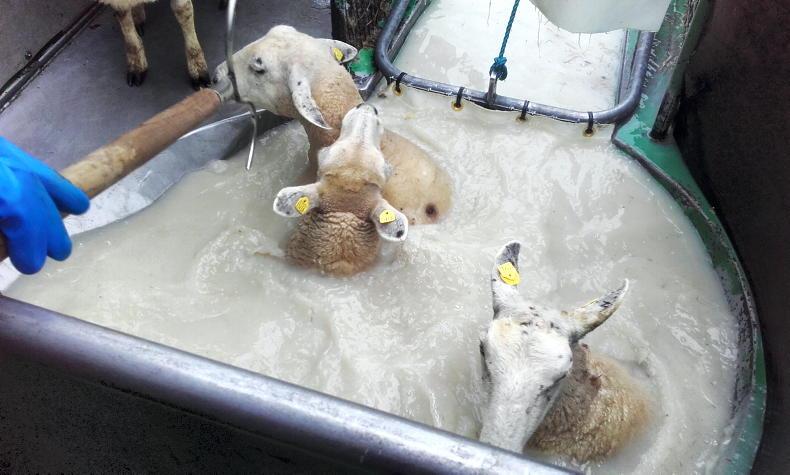

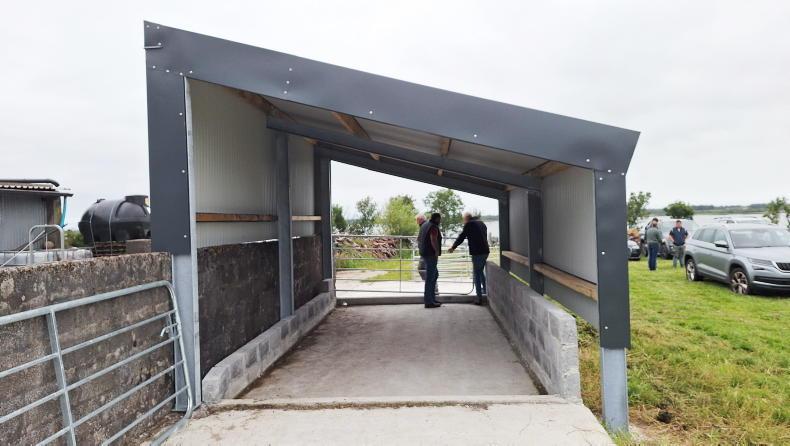
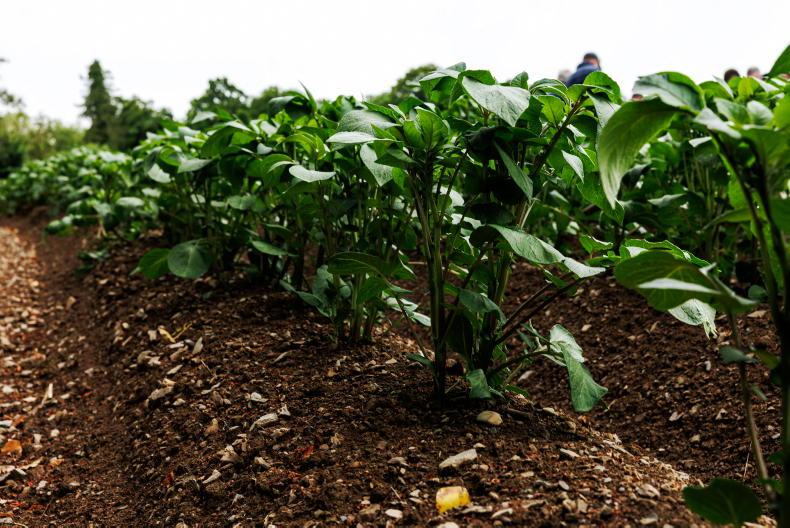
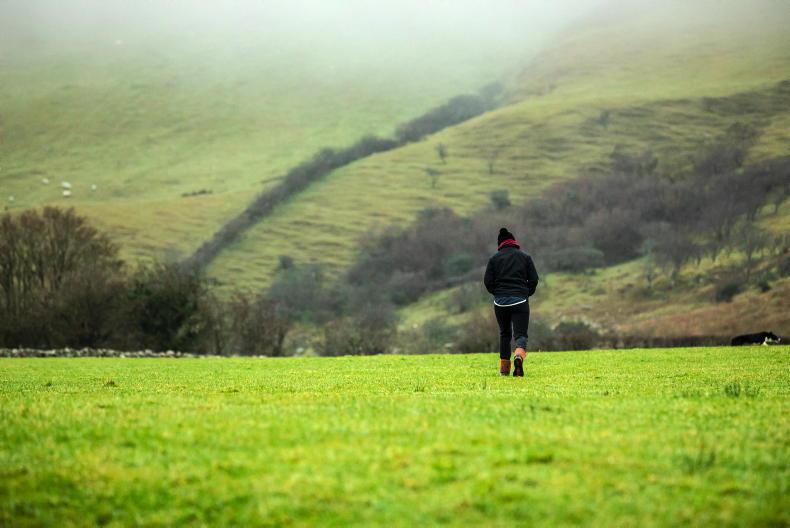
SHARING OPTIONS